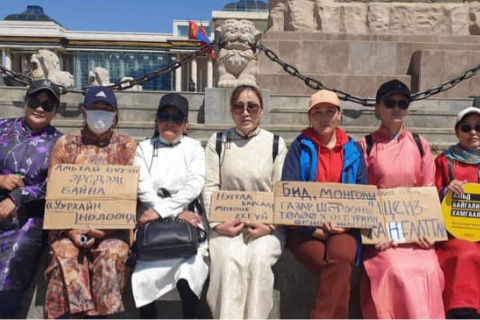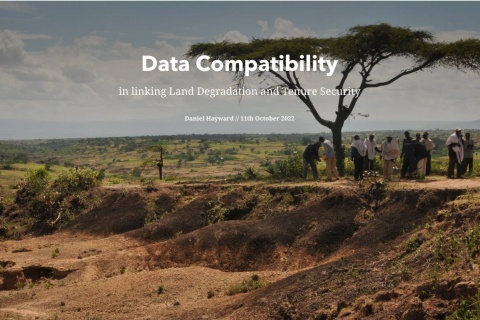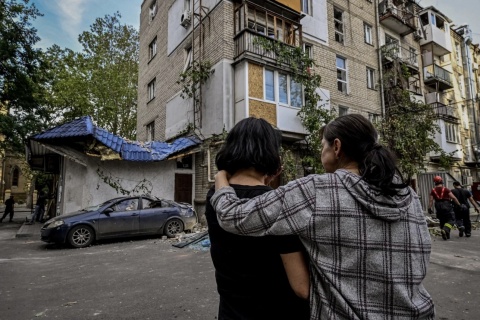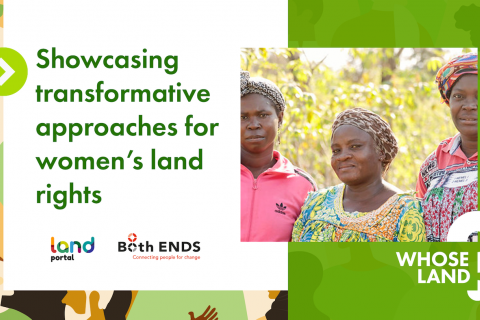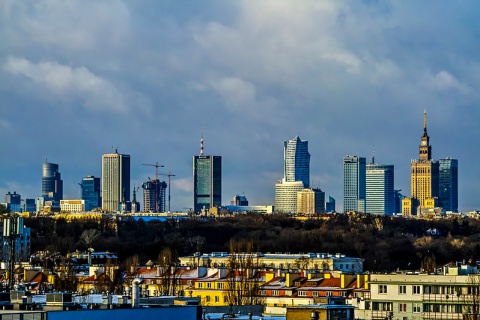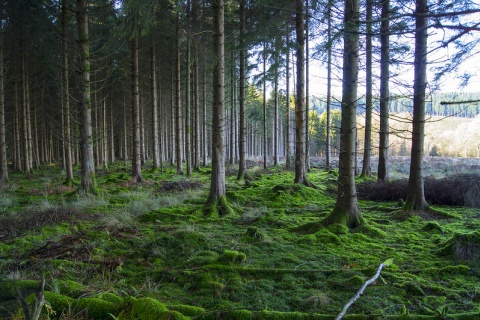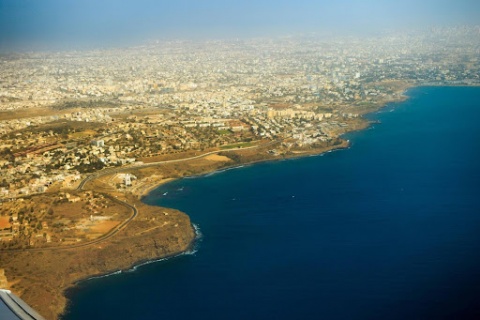Discover hidden stories and unheard voices on land governance issues from around the world. This is where the Land Portal community shares activities, experiences, challenges and successes.
 Follow our
Follow our
Sustainable Development Goals
Blog Series!
Interested in land corruption?
Follow our Land & Corruption Blog Series
for in-depth perspectives from the experts.
Issues
Geographical focus
Like many countries, Mongolia has been hit hard by the Covid-19 pandemic and its government has been accelerating investments in the mining sector to help the economy. However, this has led to protests by local communities concerned about their land rights, and about their health. Among them is the community of Dalanjargalan, where the WOLTS project has been working with local champions who have been trained in land law, gender issues and participatory decision-making.
In the Three Rivers gazetted forest of northern Benin, the start of the agricultural season is a frequent hotspot of conflict between local communities and forest officials.
It is at this moment when demands are made for forest fees giving permission for residents to cultivate fields or graze their livestock. Yet this is exactly when farmers experience a financial squeeze in preparing their land and obtaining inputs to start the new season.
By Yuliya Panfil, Jon Unruh and Michael Cholod
Seven months have passed since Russia invaded Ukraine, displacing more than 13 million people—one-third of the country’s population—and leveling entire towns.
And yet, despite all odds, Ukraine is turning the tide against its more powerful neighbor. Ukrainian forces have staged a rapid counter-offensive, liberating thousands of square miles of territory that displaced Ukrainians are beginning to return to.
Anyone working in the field of land tenure and land governance will be aware of the existence of the Voluntary Guidelines on the Responsible Governance of Tenure of Land, Fisheries and Forests (VGGTs). Similarly, many will know that 2022 is the ten-year anniversary of their endorsement.
There have already been various online forums to mark this occasion and consider the impacts of the VGGT, with a further high-level event planned on 6th-7th October this year in Rome.
Webinar Recap: Pandemic, social unrest and war echoing in the Amazon
Webinar Recap: Showcasing transformative approaches for women’s land rights
OVERVIEW
Empowering women to occupy leadership roles and to take an active part in decision making processes in land governance has demonstrated that strides can be made towards gender justice.
The Land Portal and Both Ends are co-hosting a webinar, “Showcasing transformative approaches for women’s land rights,” that explores new approaches for women’s land rights.
By Laura Meggiolaro and Charl-Thom Bayer
An important precondition for good land governance is to have good land data that can be used to make informed decisions, formulate policies, and develop plans and strategies for the public good. Without solid data, modern governments are limited in their ability to carry out their functions and deliver public services – including land administration services.
WASHINGTON DC (14 September, 2022)—Of the $270 million in conservation funding invested annually in the tenure and forest management initiatives of Indigenous Peoples and local communities (IPs and LCs)—which is only a small fraction of the total funding dedicated to addressing climate change—only 17 percent went to activities that specifically named an IP or LC organization, according to “Funding with Purpose,” a new research report released today by Rainforest Foundation Norway and Rights and R
This blog post is part of the series What to Read.
Senegal has the particularity of being the westernmost point of the African continent, which is located at the tip of Almadies in Dakar, the country's capital. With an area of 196,722 km2 , Senegal is bordered by the Atlantic Ocean to the west, Mauritania to the north and Guinea and Guinea-Bissau to the south. The Gambia, a country located on either side of the river bearing the same name, forms an enclave within Senegal. The relief of Senegal is generally flat and low, with an average altitude of less than 50 metres over three quarters of the territory.
Scaling is at the heart of both the name as well as the strategy of LAND-at-scale (LAS). Scaling and scaling potential are key in the way the program was designed and is reflected in the three pillars chosen to realize the aim of the program. The first pillar is about scaling successful initiatives and projects; the second pillar focuses on land governance innovations with scaling potential; and the third pillar covers knowledge management, with a focus on gaining a deeper understanding on the conditions required to make scaling successful.

